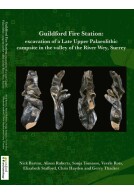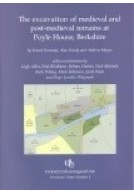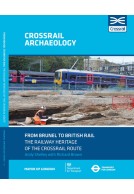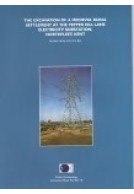Guildford Fire Station (Paperback)
Excavation of a Late Upper Palaeolithic campsite in the valley of the River Wey, Surrey
Series: Oxford Archaeology Monograph
Pages: 224
Illustrations: 183
ISBN: 9780904220926
Published: 14th June 2024
Casemate UK Academic
(click here for international delivery rates)
Need a currency converter? Check XE.com for live rates
Excavations carried out prior to the construction of a new fire station in Guildford, Surrey, revealed a well preserved, in situ Late Upper Palaeolithic flint scatter. The site lay on cold climate fluvial sandy gravels deposited in braided stream systems prior to the onset of the Late Glacial (Windermere) interstadial. Typological analysis of the flint and OSL dates suggest that the scatter itself dates from the first half of the Late Glacial (Windermere) interstadial (c 1415KBP). The lithic assemblage is homogeneous and, apart from initial extraction and nodule testing, all stages of flint manufacture are represented. Two main concentrations of knapping are represented, the main focus of which were the production of blade blanks some of which were removed from the site. Functional analysis of the tools suggests relatively short occupation during which hunting, smallscale craft activities linked with the retooling of hunting weapons and the manufacture of hide items, and limited processing of animal and plant materials took place. The assemblage is comparable to that from Wey Manor Farm, Surrey, 17km further downstream, and raises the question of the relationship between the two sites. Both share technological and typological features in common with the Creswellian, though Wey Manor Farm has a greater diversity in lithic point types. Comparison with Continental assemblages suggests that the Surrey sites share affinities with the Older Azilian or equivalents in northwest France and Germany and implies strong postMagdalenian influences in the Late Upper Palaeolithic of Britain.





















